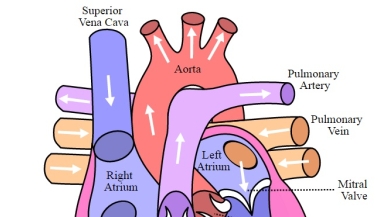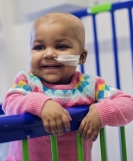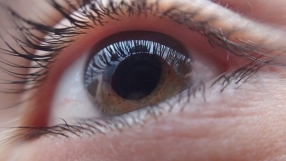
Every year, around 4,000 Americans suffer conditions that require them to undergo a heart transplant. Of this number, only 2,500 become recipients of new hearts, but they have to wait for a year to be able to receive the vital organ.
Even after undergoing a transplant, patients are still at risk of death because their own bodies might reject the new heart.
Scientists from the Massachusetts General Hospital and Harvard Medical School, however, have gotten a step closer to saving more lives by growing functional hearts for human beings from their own cells.
PopSci.com cited the study recently published in the journal Circulation Research, where the researchers were successfully able to grow human heart tissues from skin cells.
In their experiment, the scientists first used a detergent solution to strip many cells on 73 donor hearts that were deemed unfit for transplantation due to immune response from the recipient. The researchers have already used this technique on mice in previous experiments.
After this, the scientists did something really remarkable: They harvested adult skin cells from human subjects of the experiment and turned them into pluripotent stem cells using messenger RNA. By turning skin cells into stem cells, they can now become specialised to any type of cell in the human body, including two different types of cardiac cells.
The researchers then induced the stem cells into the donor hearts, infused them with a nutrient solution, and allowed them to grow under similar forces to those a heart would be subject to inside the human body.
Quite miraculously, the stem cells turned into well-structured tissue that looked similar to immature hearts. The tissues also started beating when subjected to electricity shock.
After this initial success, the scientists now hope to accelerate the development of skin cells into cardiac tissues. Ultimately, they want to be able to grow "individualised" human hearts, to lessen the risk of patients rejecting the transplanted organ.















